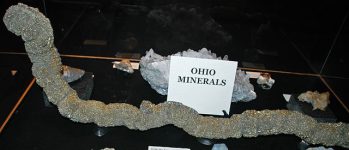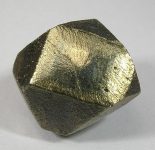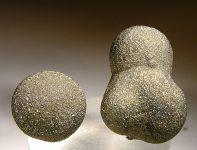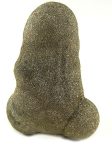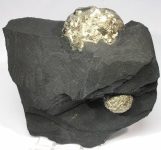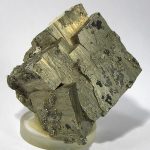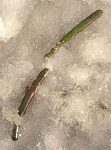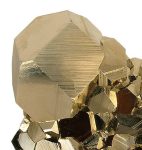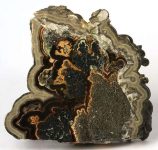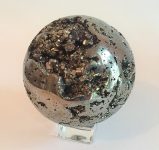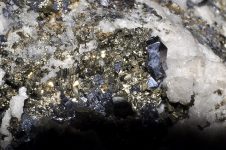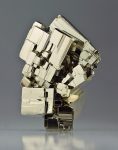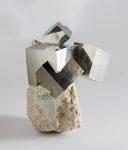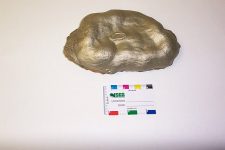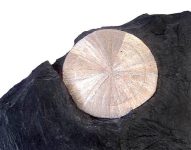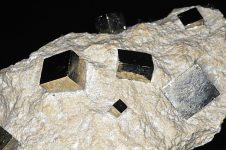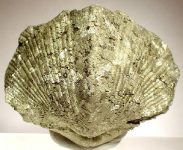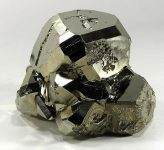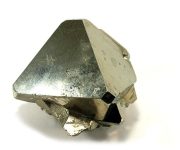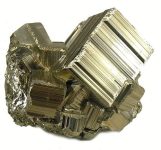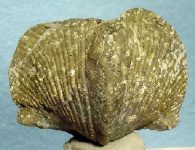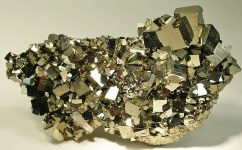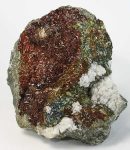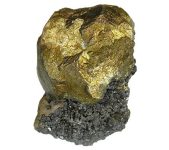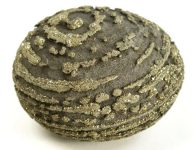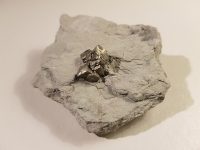PYRITE
VARIETIES OF PYRITE
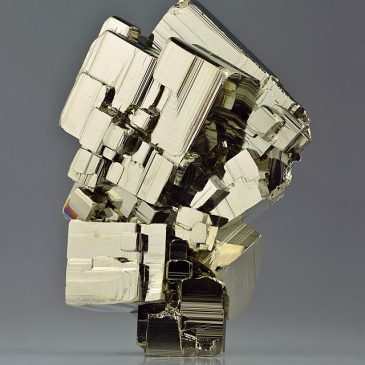
About: Pyrite, commonly known as “fool’s gold,” is a fascinating mineral renowned for its metallic luster and pale brass-yellow hue. It has been mistaken for gold by many due to its superficial resemblance but holds significant scientific, industrial, and aesthetic value on its own.
Mining: Pyrite is typically extracted through open-pit or underground mining. It is often mined alongside other sulfide minerals and requires careful handling due to its tendency to form acid mine drainage.
Processing: Extracted pyrite is processed to extract sulfur or to be used as an iron ore. The sulfur content can be converted into sulfuric acid, a critical industrial chemical.
CHARACTERISTICS
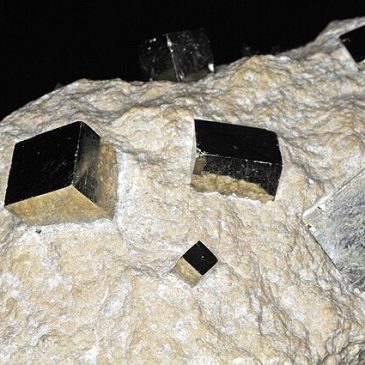
Color: Pyrite has a pale brass-yellow color that often gives it a superficial resemblance to gold.
Chemical Composition: Pyrite is an iron sulfide mineral with the chemical formula FeS₂.
Density: Pyrite has a density of about 5 g/cm³, making it denser than many common rock-forming minerals.
Crystal Structure: Pyrite crystallizes in the isometric system, often forming cubic, octahedral, and pyritohedral shapes. Its crystals can be well-formed and strikingly geometric.
Luster: Pyrite exhibits a metallic luster, giving it a shiny, reflective appearance.
Hardness: Pyrite has a Mohs hardness of 6 to 6.5, which is harder than gold and other metallic minerals.
HISTORY AND LORE
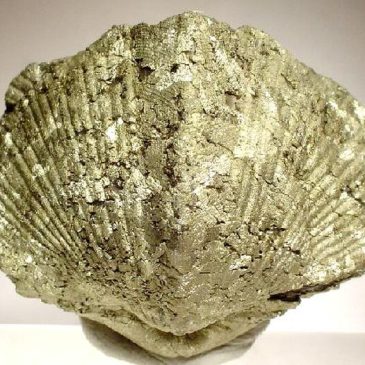
Ancient Civilizations: Pyrite has been used since ancient times, often for decorative purposes. The Greeks and Romans used it in jewelry and as a source of fire-starting sparks due to its high iron content.
Middle Ages: In the Middle Ages, pyrite was commonly referred to as “fool’s gold” because of its deceptive resemblance to gold. Many prospectors and miners were misled by its appearance.
Modern Era: Today, pyrite is valued for its scientific and industrial applications, as well as its aesthetic appeal to mineral collectors.
SOURCES
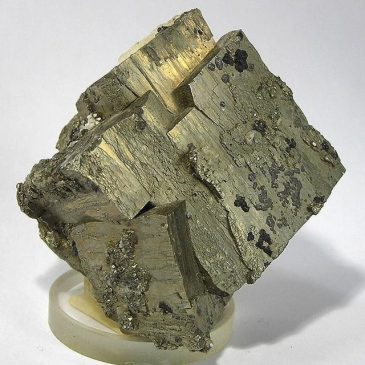
Geographical Locations: Pyrite is found worldwide, with significant deposits in Spain, Peru, the United States, Italy, and China. Notable locations include the Huanzala Mine in Peru and the Navajún Mine in Spain.
Geological Formation: Pyrite forms in a variety of geological environments, including sedimentary, igneous, and metamorphic rocks. It often occurs in hydrothermal veins, contact metamorphic rocks, and as a replacement mineral in fossils.
USES
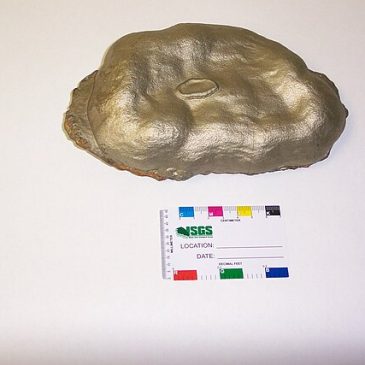
Industrial Applications: Pyrite has several industrial uses:
- Sulfur Source: Pyrite is an important source of sulfur and sulfuric acid, used in the chemical industry.
- Iron Production: It is sometimes used as a source of iron in the production of iron and steel.
Scientific Research: Pyrite is studied for its role in the Earth’s sulfur cycle and its potential applications in energy storage and conversion technologies, such as in the development of low-cost solar cells and batteries.
Decorative Uses: Pyrite’s striking appearance makes it popular in jewelry and ornamental objects. It is often polished and cut into various shapes for use in pendants, rings, and other decorative items.
Metaphysical Uses: In the metaphysical realm, pyrite is believed to possess protective and healing properties. It is thought to promote physical well-being, mental clarity, and emotional stability.
CULTURAL AND SYMBOLISM
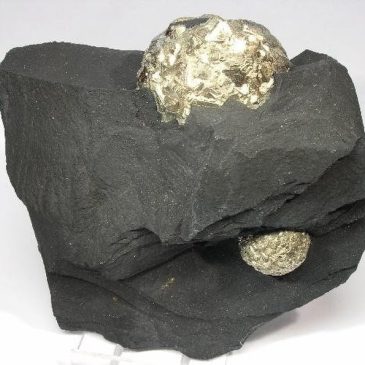
Symbol of Deception: Pyrite is often associated with deception due to its nickname “fool’s gold.” This association highlights the importance of careful observation and discernment.
Symbol of Protection: In various cultures, pyrite is considered a protective stone, warding off negative energy and promoting a sense of security.
Cultural Expressions: Pyrite appears in various cultural expressions and idioms, often symbolizing false appearances and the distinction between true value and superficial resemblance.
